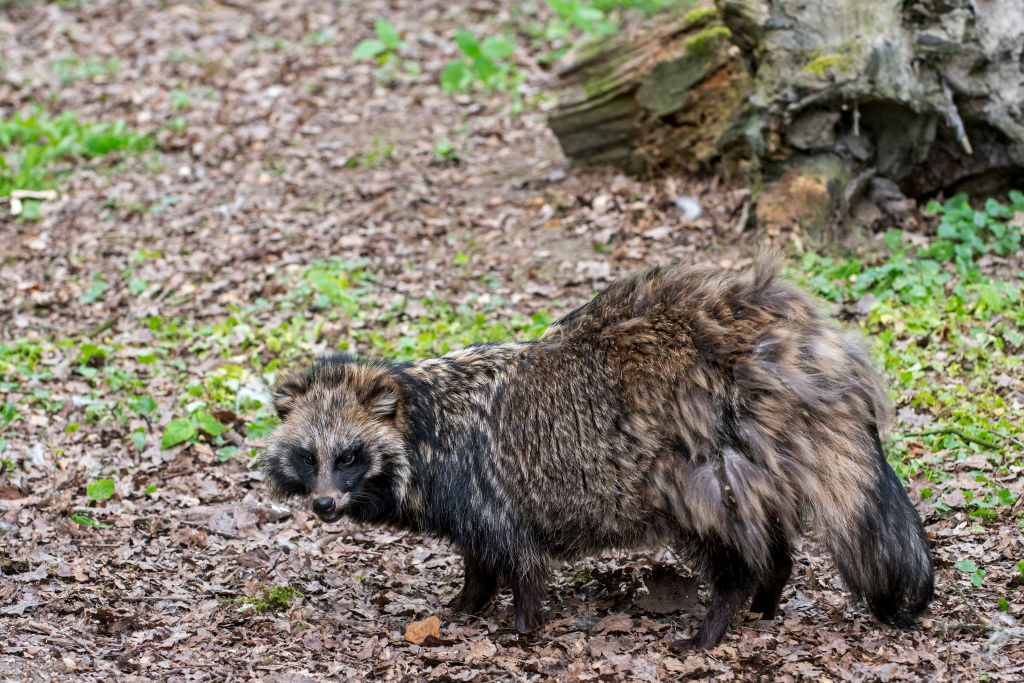
In another twist to the ongoing search for where COVID-19 originated, an international group of researchers stumbled upon new genetic material that had been posted on a public scientific database—and then abruptly deleted.
As first reported in the Atlantic, in early March, Florence Debarre, an evolutionary biologist at the French National Center for Scientific Research, was searching the public database GISAID, where scientists upload genetic sequences of pathogens they study. On the site, she found sequences from samples collected in Jan. 2020 from the Huanan Seafood Wholesale Market in Wuhan, China, shortly after the market was closed because of concerns that the COVID-19 virus might have originated in animals sold there.
Debarre, along with researchers from the U.S. and Australia, studied the genetic sequences further and found that one could be traced to a cart from a stall that one of the scientists from the team remembered from a visit to the market back in 2014, according to the New York Times. At that time, raccoon dogs were kept on a cart in which their cages were placed on top of cages housing birds, a setup that infectious disease experts know can promote the spread of viruses from species to species. The sample taken from the cart in 2020 also contained SARS-CoV-2.
In Feb. 2022, Chinese officials had issued summarizing results of swabs taken in 2020 from air, surfaces, and animals at the market, although all of the genetic sequences from those samples were not uploaded to GISAID. That report found no virus among the 18 animal species sampled, although the virus was prevalent in the environmental samples, such as the air and on surfaces, which suggested that people were harboring the virus and potentially spreading it at the market.
The scientific and political communities have long been divided over whether SARS-CoV-2 came from animals and spread to humans, or whether the virus was created—either intentionally or accidentally—by researchers at the nearby Wuhan Institute of Virology and then spread to animals and people around the globe. In the most recent intelligence report on the subject, the U.S. Department of Energy leaned toward the lab-leak hypothesis, but classified its conclusion as “low confidence.” Four other U.S. government groups and the U.S. National Intelligence Council determined the virus likely came from animals and jumped to people, but their assessments were also of either low or moderate confidence, leaving open the question of how COVID-19 began.
The new samples Debarre found may help to provide some answers. But shortly after she and other scientists reached out to the Chinese team who had written the original report, the genetic sequences disappeared from GISAID.
During a Mar. 17 press conference, Maria Van Kerkhove, the World Health Organization’s COVID-19 technical lead, called upon China to make the deleted data available to scientists. “The big issue right now is that this data exists and that it is not readily available to the international community,” she said. In its first investigation, the World Health Organization suggested that the virus likely spread from bats to people, although the organization earlier this year scaled back the next stage of its planned analysis, citing challenges in obtaining access to data from Chinese health authorities. “We need to look at all of the data that are needed to assess each one of these [hypotheses] so that we can say ‘this may have happened, this may not have happened.’”
While the latest genetic evidence found animal and viral genes in the same location, it still does not point to an infected animal—or an animal’s genetic sequence that shows evidence of infection with the virus. But the fact that raccoon dog DNA and genetic material from the virus existed in such close proximity means that it’s possible that SARS-CoV-2 infected raccoon dogs and then jumped to humans who frequented the market.
The sequence Debarre found suggests that there are more data from those initial tests at the market that Chinese authorities have not fully revealed or analyzed. That incompleteness leaves the mystery of where COVID-19 originated unsolved.
More Must-Reads from TIME
- Cybersecurity Experts Are Sounding the Alarm on DOGE
- Meet the 2025 Women of the Year
- The Harsh Truth About Disability Inclusion
- Why Do More Young Adults Have Cancer?
- Colman Domingo Leads With Radical Love
- How to Get Better at Doing Things Alone
- Michelle Zauner Stares Down the Darkness
Contact us at letters@time.com